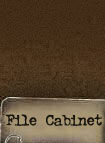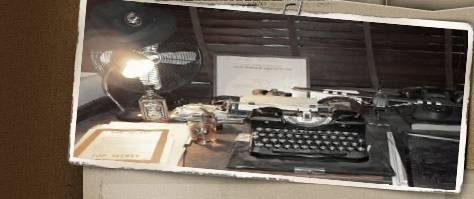
Case Title: Shoot-out on
Vlokhovensche Weg
Subject: Location of
German sniper who killed CAPT
Kiley
Date: September 18th, 1944
Location: Eindhoven,
Holland
Introduction:
The way
Captain John W Kiley of
the S3 (Operations) Section of
3rd Battalion of the 506th was
killed on September 18th 1944,
has been the subject of a
flaming debate since that date.
Fact is that Kiley was killed on
Vlokhovense Weg on that day but
even urban myths were born from
the incident. Like the story
that the sniper who killed Kiley
was killed with a bazooka.
This, and other stories
surrounding the combat on
Vlokhovense Weg on D plus 1 of
Operation Market Garden, where
proven wrong. Thorough
investigation shed new light on
what happened that day.
The Case:
An article in the Eindhovens
Dagblad (Eindhoven Daily) as
recent as September 18th 2004
still added to the myth:
"Vlokhoven Church under
fire.
Actually without a fight, the
city of Eindhoven itself fell
into American hands on Monday
September 18 1944. Nevertheless,
here and there in the Northern
parts of the city, there are
still traces of the battles the
American paratroopers fought.
When on Monday morning before
the crack of dawn the Americans
of the 101st Airborne
Division advanced towards
Eindhoven from the landing zones
in Son, they soon got the hamlet
of Vlokhoven with its blunt
church tower in their sights.
Immediately an American
intelligence officer who went
ahead to reconnoiter the street,
was fatally hit. Something moved
in the church tower of Vlokhoven
and, under the assumption that
the sniper was hiding there, the
Americans opened fire with a
bazooka, among other weapons.
But in the church tower there
wasn’t a sniper at all.
Allegedly it was Father Odemaere
who was wondering what kept the
liberators. If the story about
the priest is accurate, is not
agreed on but that this spot is
full of history is certain. The
American 506th regiment
established its temporary
command post in the former
school next to the church. That
Monday September 18th the
British were held up at Aalst
first, but scouts had driven
around Eindhoven in a wide curve
and on Vlokhovense Weg they were
shaking hands with their
American allies.
What occurred around the church
only real and old ‘Vlokhovians‘
know and they keep getting
fewer. The old school now is a
community center and nobody
there knows that it was an
American command post once. But
when the
church was renovated in the
early nineties, the church board
had decided beforehand that, in
memory of September 18th, the
strike marks in the tower would
remain untouched."
Click
here for the original
article in the Dutch language.
Official Reports and history
books
An official After Action Report
of the 506th (presumably of one
of the battalions of the
regiment) even speaks of a
bazooka which silenced the
sniper:

And on page 302 of Leonard
Rapport and Arthur Northwood's
Rendezvous With Destiny, the
101st Airborne Division's
historical "Bible", we read:
"Capt. John W.Kiley,
battalion S-2, exposing himself,
was killed by a sniper in the
Woensel church tower. Someone
got off a bazooka round, hit the
tower and silenced the sniper."
Captain W. Derwood Cann, Jr's
description of the operation of
an "Airborne Infantry Battalion
in an Airborne Invasion" for the
Advanced Infantry Officers
Course in Fort Benning, GA,
1948-1949, has this on the
circumstances around Captain
Kiley's death, starting on page
18:
"The Third Battalion was
scheduled to move out at 0800
hours. The attack formation was
two companies forward and one
back. H Company was on the
battalion left. I Company on the
right, followed by G Company.
Headquarters company was about
six hundred yards to the center
rear of the battalion. The S-2
was ordered to precede the
battalion with a patrol by about
fifteen minutes. Our mission was
to locate any enemy positions on
or near the highway leading into
Eindhoven. The patrol consisted
of the S-2, four enlisted men
and one SCR 300 radio operator.
We departed from the battalion
area at 0745 hours, crossed the
field at Bokt, and headed south
down the open highway. (60)
(Map E):
(not included in
the issue of Cann's description
that we own, but we've created
this map:)

The patrol had moved down the
highway for several hundred
yards and then noticed the
leading companies of the
battalion moving into position.
H and I companies were in the
fields on either side of the
highway. (61)
The patrol continued on for a
few more hundred yards then were
fired upon from hedgerows on
either side of the highway. One
member of the patrol was
wounded. We quickly took cover
in the nearby ditches and sent a
radio message to the battalion
commander. It was assumed that
the fire had come from an enemy
platoon armed with machine guns
and rifles. (Map E)
The battalion continued to
advance, thus causing the enemy
to slowly withdraw toward the
center of Eindhoven. As the unit
reached the outskirts of the
city, the enemy fire increased.
The assault companies deployed
their platoons and made ready
for more action. The enemy had
now ceased withdrawing and
wanted to stand their ground.
(62)
The German machine gun, mortar,
and direct fires from two 88-mm
gun positions caused the
battalion to cease advancing. H
Company, on the left, was
located in a deep and long
ditch. To their front was a wide
and open field bordered by a row
of brick houses. The Germans had
occupied these houses and were
firing directly into the face of
H Company. (63) (Map E)
(59), (60), (61), (62), (63)
Personal knowledge.
Page 19
On the battalion right was I
Company; it was also receiving
heavy fire from occupied houses
to its front and they could not
move forward. G Company in the
reserve position, was committed
on the immediate right flank of
I Company. After reaching this
position, they were involved in
the same enemy fire which was
holding down I Company. The
entire battalion was on line and
could go no further forward.
(64) (Map E)
At the Battalion Command Post,
the S-3, Captain Kiley, was
preparing to call the regiment
for assistance. The battalion
commander could not be located,
he had been last seen in the G
Company front lines. While
Captain Kiley and I were talking
at the command post, a clear
message came over the battalion
radio. The message stated, “All
the officers in H Company have
been killed. We are pinned down
and cannot move; send an officer
to take command of the company.”
(65)

Upon arriving at H Company, I
found the entire unit stretched
out in a deep ditch. The ditch
contained many wounded and dead
soldiers lying about. It was
found that the company officers
had not been killed, just the
company commander and one
platoon leader had been
seriously wounded. The platoon
leaders were contacted and a
plan was made to continue the
attack.
[...]
(64), (65) Personal knowledge”
This report may explain why
battalion officers were so close
to the forward positions in
contact with the enemy.
First, we will investigate what
is true, and what not, in this
story; the 'Bazooka-story'. Then
we will review the various
accounts and statements and
check them with existing
reports, photographic and other
evidence. We will visit
the Combat Scene and finally
present the most likely
scenario.
"The Bazooka story"
By simple reasoning, it can be
concluded that the story of
paratroopers who shot at the
tower with a bazooka killing
Father Odemaere, is not true.
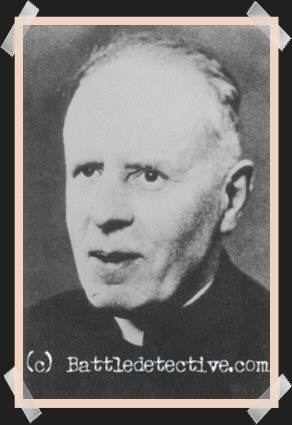
Father Odemaere
In the first place, Father
Odemaere, definitely did not
die a violent death on the 18th
of September 1944. He survived
the war and was present when one
of the church bells, which the
German occupiers had confiscated
with the intention to melt it
into ammunition, was returned to
Vlokhoven in 1945. Fortunately
the bell had been clearly marked
as still can be seen today:

In fact, Fater Odemare remained
the parish priest of Vlokhoven
until November 12th 1967. He
died in 1969.
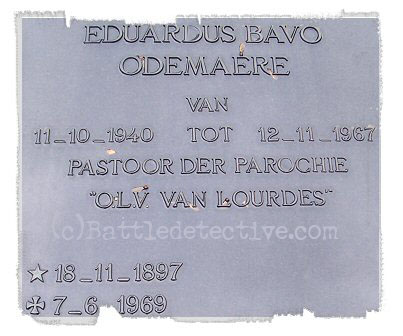
Father Odemaere's
gravestone
Also, it is very unlikely that a
bazooka rocket was fired at the
church tower.


The exterior of
the church today
It would have left far more and
extensive damage to the tower
than what can still be seen
today. After the war, the tower
was never repaired or rebuilt.
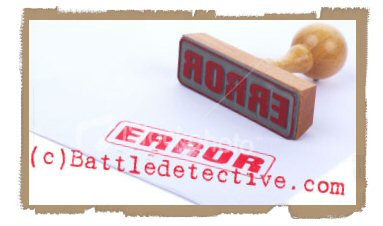
It is our theory that the rumor
of a bazooka round fired at the
church, found its way in the
after action report and was
erroneously repeated as a fact
from then on. The mere two
sentences in Rendezvous With
Destiny contain
two more errors: Kiley was not
battalion S2 (Intelligence) but S3
(Operations) and he was killed
in the vicinity of the Vlokhoven
Tower. The Woensel church is
more than a mile South of that
location.
Sniper's location
Now that we have established
that the "Bazooka-story" is an
urban legend, let us focus on
the location of the German who
shot and killed Kiley.
In the following analysis, the
main emphasis is on witness
statements. Usually, in older
cases, less documentation and
fewer silent witnesses are
available to the investigators.
The Bazooka Story showed us that
the information in the
unit after action reports and
the history books is mostly
copied from a single, original source.
Even now there are still
witnesses who are either alive or their
recollections have been
recorded.
Also there are silent witnesses.
For example, there are still
traces of bullets striking both
the inside and the outside of
the church. Even
forensic ballistic evidence
is available. But we will discuss
that later.
Witness statements
The most important witness to
the incident is World War Two
veteran of the 101st Airborne
Division William (Bill) P.
Galbraith. He was right across Vlokhovense Weg from Kiley when he got killed.
Sgt. William P.
Galbraith
In Koskimaki's Hell's Highway we
read:
"Private
William P. Galbraith was
serving as runner for Captain
Kiley in Holland. Recalling the
actions of the 18th, Galbraith
wrote: “I moved up to join
Captain Kiley in the advance
into Eindhoven. ‘I’ Company was
on our right and ‘H’ Company was
on our left. There was some
small arms fire but not a lot.
We got up to about fifty yards
from a Catholic church.
[...] Kiley was standing
behind a burned out German truck
and next to a small cottage with
a little courtyard in front. I
was lying down on the left side
of the road. I told Kiley he
better get down. He said, ‘If I
get down, so will everyone
else.’ He no more than got the
words out when a bullet him in
the throat, killing him
instantly. I shot at the
openings in the church tower as I thought that
was where the shot came from –
also at some windows up the
street on the right in front of
the captain. I then ran across
the street to see if there was
anything I could do for the
captain. There wasn’t. [...]
I then went back across the
street and put three or four
shots from my .45 automatic into
the latch of the church door and
then hit it with my shoulder in
order to get inside the church.
I landed on my fanny in the
street. The door didn’t give a
damn bit."
Historian
John Klein interviewed Bill in
2004 and wrote: "At that point Bill
realized the Captain was
exposing himself too much as he
was standing up behind the
burning German truck on the
right side of the road, a very
dangerous thing to do. Bill
quickly yelled to Captain Kiley
to get down or he would get
himself shot. Captain Kiley
turned towards Bill and yelled
back "Bill if I get down, so
will everyone else". Just as the
Captain finished this sentence,
a shot rang out and he was
struck in the throat. Without
concern for his own safety, Bill
ran across to Captain Kiley’s
aid. It was too late, the
Captain had died instantly. Bill
then made a visual search of the
surrounding area for a sign of
the sniper. He didn’t see
anyone, but there were a few
windows facing him and the
sniper could have been hiding in
the shadows behind any one of
them. So Bill took aim with his
M1 Garand rifle and put a few
rounds in each of them (he
didn't like the shorter and less
powerful M1 carbine, so he had
traded it for the Garand before
the Holland invasion). The
furthest windows he saw that
might be a possible hiding spot
for a sniper were in the bell
tower of the church a few
hundred yards ahead. He
carefully put a couple well
placed rounds in those windows
too. After firing, Bill ran
forward to see if he could find
the enemy. He even tried to get
in the door of the church so he
could look in the tower, but the
door would not open."
This is his own handwritten
narrative of his recollections
of the shooting:
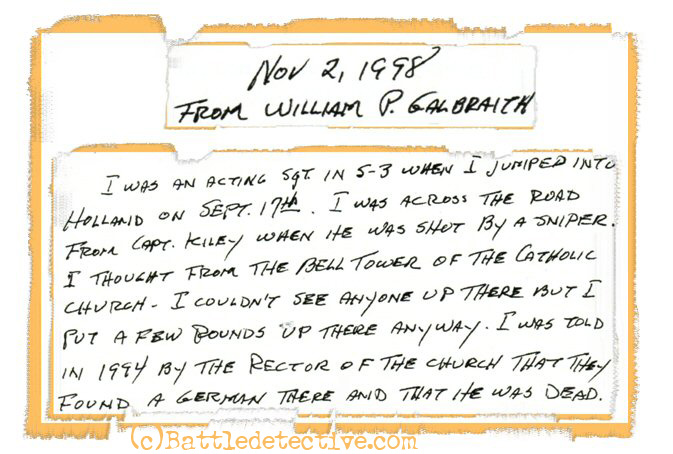
"Vlokhovians"
Battledetective.com
located several
'old Vlokhovians' and recorded
their version of what happened.
Wim Klerkx
Wim was 17 years old on
September 18th 1944 and lived
right across the girls school.
He stated, as far as significant
in this context, that during the
shooting, he was inside the wine
cellar of Father Odemaere,
hiding with other churchgoers.
After the shooting ended he saw
Capt. Kiley's body under a
blanket just a few yards away
from his house. He was told by
people in his neighborhood that
the sniper who killed Kiley,
took his shot while hiding
behind a wall next to a shelter
on the play ground of the girls
school.
Albert Roxs
Albert was 15 years old at the
time and he stated seeing the
body of Capt. Kiley in one of
the hallways of the girls'
school. He stated that the most
likely position was not in the
bell tower of the church. The
sniper who killed Kiley, would
have taken his shot while hiding
in some bean plants in the front
yard of the Kluijtmans family
next to the windmill on
Vlokhovense Weg.
Jo van der Linden
Jo was 16 years old at the time
and lived on a farm South East
of the Vlokhoven church. He also
stated that he was at the girls
school after the shooting had
ended and had seen Kiley's body.
Jo remembered seeing the Captain
with a gunshot wound below his
left jaw.
Frans van Erp
Battledetective.com located
Frans in New-Zealand and asked
him several questions through
e-mail. Frans was a 12 year old
altar boy in September 1944 and
he gave us some important
details about the church.
The witness statements
altogether speak of three
possible locations of the sniper
who killed Capt. Kiley. We will
discuss the likelihood of each
position.
Three possible sniper
positions
Position # 1: Between the bean plants in
the Kluijtmans front yard
Validity of this information:
The witness who brought this
possible position to our
attention, Albert Roxs, received
this information as hearsay. He
was not present when it happened
as he moved from his home
further South on Woenselse
Straat to Vlokhovense Weg after
the fighting was over. The fact
that he described seeing Capt.
Kiley inside the girls school,
puts him on the scene on a later
time. Later than, for example, Wim Klerks, who claims to have
seen Kiley under a blanket in
front of his house on the
Vlokhoven Square in between the
halftrack carcass and his house.
Roxs was told by other people of
this possible position. During
an interview in his garage Roxs
showed us the house of the
Kluijtmans Family and told us
that he heard the theory of a
sniper, hiding between the bean
plants in that front yard. In
the book Stadgenoten, by Martin
H.G. Op Den Buijs, the fact that
the Kluijtmans Family lived in
this particular house, is
confirmed.
Likelihood of this position:
1) It is certain that there were
no bean plants in the front
yards of any of the houses next
to the windmill. Photographic
evidence confirms this. Below
are two pictures, taken on that
same day, September 18th 1944,
when elements of the British
Second Army advanced in Northern
direction and passed by the
windmill. There are certainly no
bean plants to be seen. In the
second picture is an example of
what bean plants would have
looked like. The picture with
the children was taken earlier
in the 1940's. It is not sure if
the stakes were put up there
again in 1944 and therefore
leaves open the fact if the bean
plants in this picture were
meant. Witness Van Der Linden,
when asked his opinion about
this theory, said that in the
1940's it was not done to put
bean plants in one's front yard.
|
|
|

|
|
|
|
|
|
The front yard of the Kluijtmans Family and two photographs taken by Allied photographers on the 18th of September 1944 (the Dutch windmill had to be in the picture). No sign of any bean plants in the front yard of the Kluijtmans residence. |
|
|
|
|
|
|
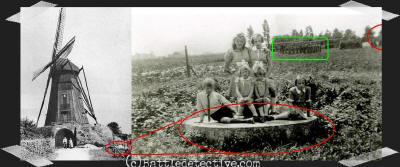
|
|
|
|
|
|
The miller's children photographed while sitting on top of an old grinding stone, taken in the early 1940's. In the back ground is an example of what bean plants with their characteristic stakes look like. Also the altar part of the Vlokhoven church can be seen. |
|
|
|
|
|
2) In the event that the shooter
who killed Capt. Kiley would
have been in this front yard, he
would have been very close to
the route of advance of the US
paratroopers. He would have no
way to get out of the yard. To
kill Capt. Kiley he should have
let him, Private Galbraith and
probably many other paratroopers
walk by, very close to his
'lair' before choosing his
target and shooting. After his
shot he would be very exposed to
his enemies. See this diagram on
an aerial photograph:
(click on image
to enlarge)
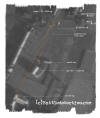
If a shooter in this position
would have fled, the natural
direction to flee in would be
away from his enemies. This
means in Eastern direction. In
this scenario he would surely
have been seen by the advancing
paratroopers because there is
only open terrain in that
direction. The two pictures
below, taken in the 1940's, show
this. The winter picture shows
the South wall of the Kluijtmans
house and the crucifix. The
picture with the close up of the
crucifix is taken in summertime
judging from the poppies
surrounding the statue. Note the
backside of the small traffic
sign as a reference point in
both of the pictures. This
second picture proves that a
sniper escaping away from the
Kluijtmans house would be seen
against the backdrop of the
pastures.
(Click on the
pictures to enlarge)


3) From this position, a bullet
fired at Kiley to the position
were he was hit, would have shot
him through the neck or make a
combined entry and exit wound in
either the back of the neck or
the front of the throat of the
Captain. Not a wound at the left
side of the neck as indicated by
Jo Van Der Linden.
Battledetective.com talked to Jo
Van Der Linden on May 25th 2007.
He indicated Kiley's wounds in a
medical diagram as follows:
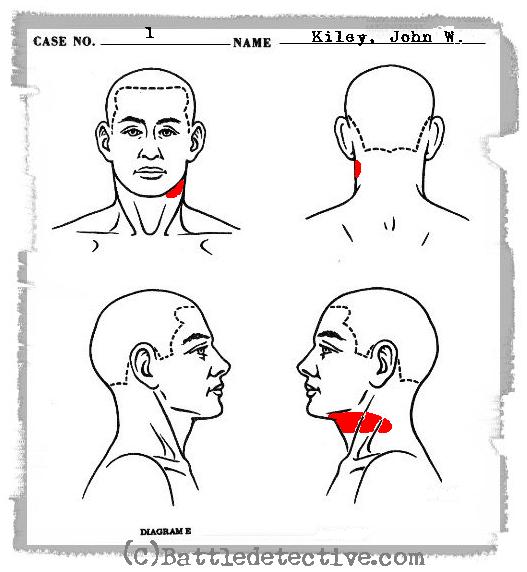
This wound pattern shows a
combined entry and exit wound
below the left jaw. This
indicates a frontal shot fired
from the direction of what
Captain Kiley was facing on the
moment of the impact. If he was
talking to Bill ("If I take
cover, everybody else will")
the bullet would have come form
the girls' school. If the
Captain was looking in the
direction of the planned
advance, the bullet came from
the direction of the church.
Also, Private Galbraith would
most likely have heard a shot
coming from his rear. Galbraith
never stated anything like this.
In our working hypothesis, we
exclude position # 1.
Position # 2: Behind the wall next to the
girls' school.
Validity of this information:
The witness who brought this
possible position to our
attention, Wim Klerkx, also
received this information as
hearsay. Although he was on the
scene earlier than Roxs, Klerkx
also was told of this possible
position by other people. During
the incident, Klerkx, 17 years
old at the time, was hiding in
the wine cellar of Father
Odemaere, next to the church.
We investigated the area around
the school and found the shelter
on the playground. It was
intended to let school children
hide under it when it rained
during playtime. It has seen
reconstruction over the years.
Part of the wall had been cut
and new walls were constructed
to convert the shelter into a
shed. We also found the
fundaments of the old wall. This
is an impression of the area
around wall behind the school.
The red circle in the last
photograph indicates position #
2:
This is a photograph of Colonel
Sink saluting General Taylor on
the school playground.
(click on the
image to enlarge)

In the back, it shows the South
perimeter wall around the Girls'
School. We assume that an
identical wall was placed next
to the shelter on the Northern
edge of the school ground. The
alleged sniper position would
have been behind that particular
wall.
August, 2008 Update:
NEW PHOTOGRAPHIC EVIDENCE!
From Mrs. Petra Wenstedt-Pulles
(president of the
Screaming Eagles of World War
Two-foundation) we received
two
photographs which, to our
knowledge, have never been
published before. These pictures
were taken in the playground,
slash garden, behind the
Vlokhoven Girls' School and show
troopers of Headquarters Company
of the 506th. In the left
photograph we see troopers
digging in, the windmill of Nard
Vogels, the playground shelter
and the concrete wall. The
picture on the right shows the
same concrete wall and
paratroopers with a SCR-694 /
BC-1306 radio and a GN-58 hand
cranked power generator. Note
both the M1 .30 caliber carbine
with full stock and the M1A1
variation with folding stock,
designed for paratroopers,
leaning against the concrete
wall.
These images confirm our
assumption that there was a
concrete wall surrounding the
school property on all sides,
and the testimony of Wim Klerkx
about the shelter being open on
the side facing the school
playground.
(click on the
pictures for high resolution
versions)
.jpg)
.jpg)
Likelihood of this position:
In this position, as in position
# 1, the shooter would be very
exposed to his enemies after
taking the shot. He would,
however, have more opportunities
to flee in, for instance, the
open fields in Eastern
direction. This is significant
because not one account says
that the sniper was seen. Either
wounded, killed or captured.
But, because this position is
even closer to were Private
Galbraith stood, it is even more
likely that he would have
noticed.
Because of this circumstance we
also exclude position # 2.
Position # 3: The Belfry of the Church
Tower
Validity of this information:
Until recently, we considered
this position as very unlikely.
Because the door of the church
was locked during the incident,
we assumed that the sniper could
have never entered the church.
This circumstance was confirmed
by Private Galbraith who tried
to break down the door but fell
on his behind while trying.
Also, Wim Klerkx, stated that
Father Odemaere locked the door
of the church before he let his
parish people hide in his wine
cellar. Battledetective.com was
allowed inside the belfry. We
discovered that a comparison
photograph can not be made
anymore because the sounding
holes in the belfry are now
shut:

This was the view from the
belfry on September 18th 1944:
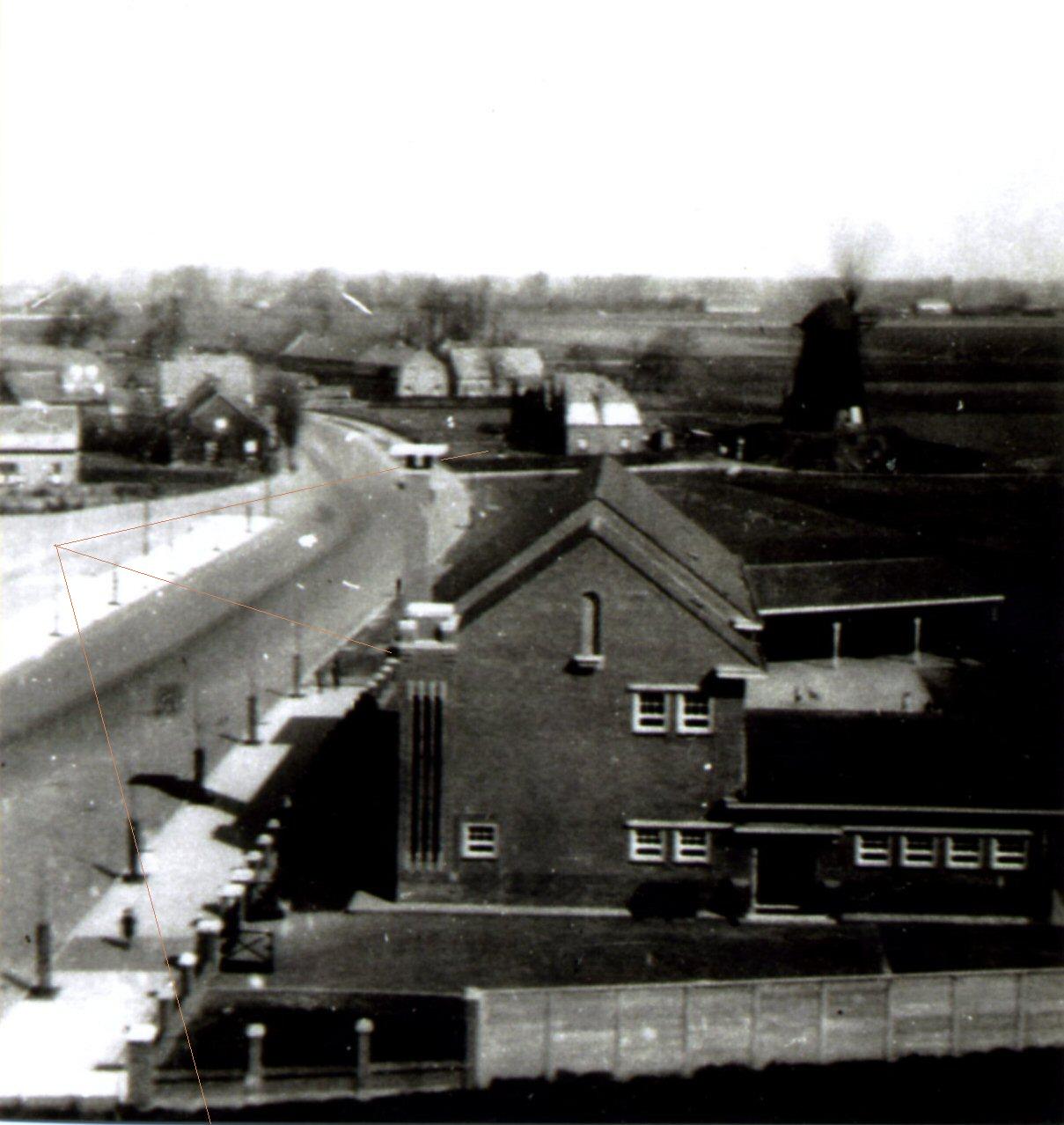
We have indicated
the different lines of fire from
all three positions in thin
orange lines.
Inside the church, we noticed
that the door to the stairs,
leading to the belfry was locked
and had to be opened for us by
the church janitor. This
circumstance led us to believe
that a sniper could not have had
access to the belfry.
We contacted Frans van Erp,
however, who was a 12 year old
altar boy in 1944. He stated
that:
"The door was always open.
[...] us children often went
up those stairs. The staircase
was very narrow, I mean not
wide, it made you dizzy because
it winded so much." This
statement makes it more likely
that a sniper took his position
in the belfry.
Likelihood of this position:
The most valuable evidence is
Private Galbraith's statement.
He witnessed Captain Kiley get
hit. His first reaction was to
shoot at the church tower. The
fact that he shot at the church
can be considered most likely.
Together with historian
John Klein from California,
Bill Galbraith visited the
Vlokhoven Church in 2004.

Bill Galbraith
entering the belfry. Note bullet
holes in door
Inside the belfry, bullet
marks can still be seen.
With the aid of a pair of pliers
John was able to extract a
bullet from one of the bricks in
the tower and handed it to Bill
Galbraith. This is the bullet:

When we were in the tower, we took this photograph.
Drawing a line between the
bullet hole in the door and the
scrape mark in the concrete we
have established the bullet's
trajectory. Because of the low
angle we have
concluded that this bullet was fired
from a position about 300 yards
North of the belfry, at
approximately where Private
Galbraith said he was at the
time:
(click on the
image to enlarge)

CONCLUSION:
Considering the available evidence,
we consider the position of the
sniper in the belfry as 'most
likely'.
This, however, can not be considered
as a fact.
There remains only one
fact; Captain John W. Kiley's death
on Vlokhovense Weg on the 18th of
September 1944:
(click on the image to
enlarge)
|


